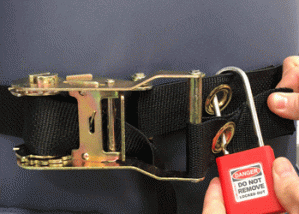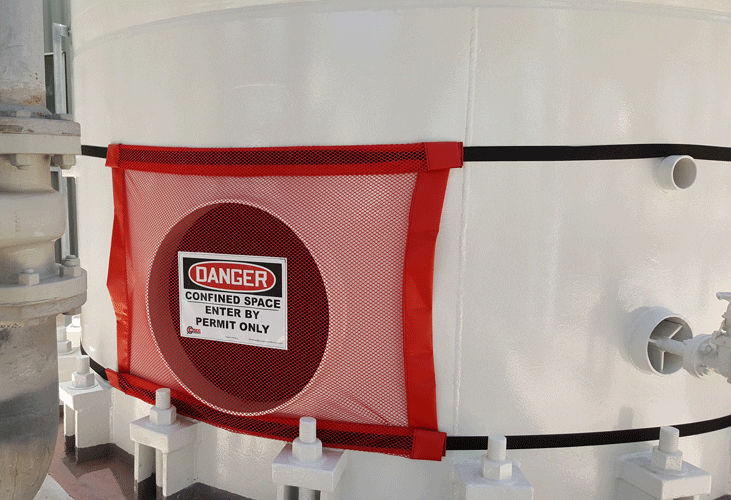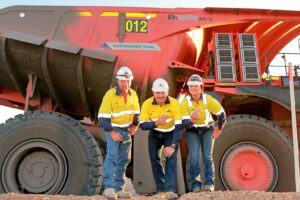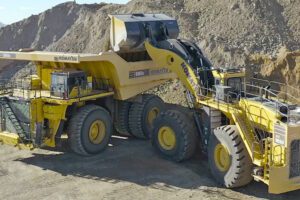Throughout Australia each and every year confined space deaths continue to occur despite concerted efforts by Government regulators, safety and engineering professionals. Unfortunately, statistics show that these events often involve multiple fatalities and sometimes occur in organisations that have mature procedures and processes in place to manage confined spaces.
To cite a recent tragic example, in November 2017, fifty-six year old Carl Delaney was killed at the Inpex Site (Northern Territory) while working as a contractor in a space installing insulation. According to news sources, Mr Delaney passed away after he entered the space and disappeared below the surface.
Confined spaces continue to be some of the most hazardous and difficult to manage places of work for any organisation. Finding the right processes and equipment needed to effectively manage risks associated with confined space entry can be confronting for even the most experienced safety or engineering professional.
One of the key components of any good confined space program is signage. Well positioned and designed signage can substantially warn of impending danger associated with the space. Routine practice is to fix signs directly to entry points. In some circumstances this practice can present additional risks during maintenance operations when lids or doors are removed to allow for ventilation or intermittent access.
Regulations tell us that “before any work in relation to a space starts, signs must be erected to prevent entry of persons not involved in the work. Signs must warn against entry by people other than those who are listed on the confined space entry permit, and must be placed at each entrance to the confined space.”
During extended duration maintenance activities, removal of entry points/doors can result in signs being not adequately visible and,therefore leaving the space accessible to persons working in the area, animals or debris. Adequately securing a space during extended duration maintenance activities has long been a challenge for engineering and safety personnel. The re-fitting of a physical barrier is often identified by confined space workers as difficult, impracticable and time consuming during longer term operations. Up until now, a range of disposable temporary barriers have been used.

One innovative Australian organisation, Cirlock, have identified a solution to this problem. Cirlock now distributes a range of confined space covers which are specifically designed to be rapidly fitted to a range of confined space entry points including vessels, tower skirts and columns. The reusable, highly durable covers provide a physical barrier to the confined space as well as compliant signage for the duration of the confined space operation. Additionally, they can be fitted with a range of lockable ratchet straps to secure them to the vessel and prevent entry by unauthorised personnel.
Managing the access and entry during extended entry operations has now become much easier due to Cirlock’s innovative thinking. While the complexities of confined space management may still remain, Cirlock’s simple solution should remove one challenge for safety and engineering personnel during confined space operations.
More reading on Accessing spaces safety














Add Comment